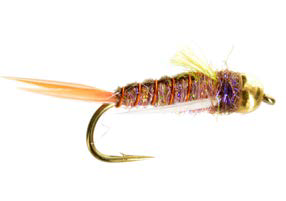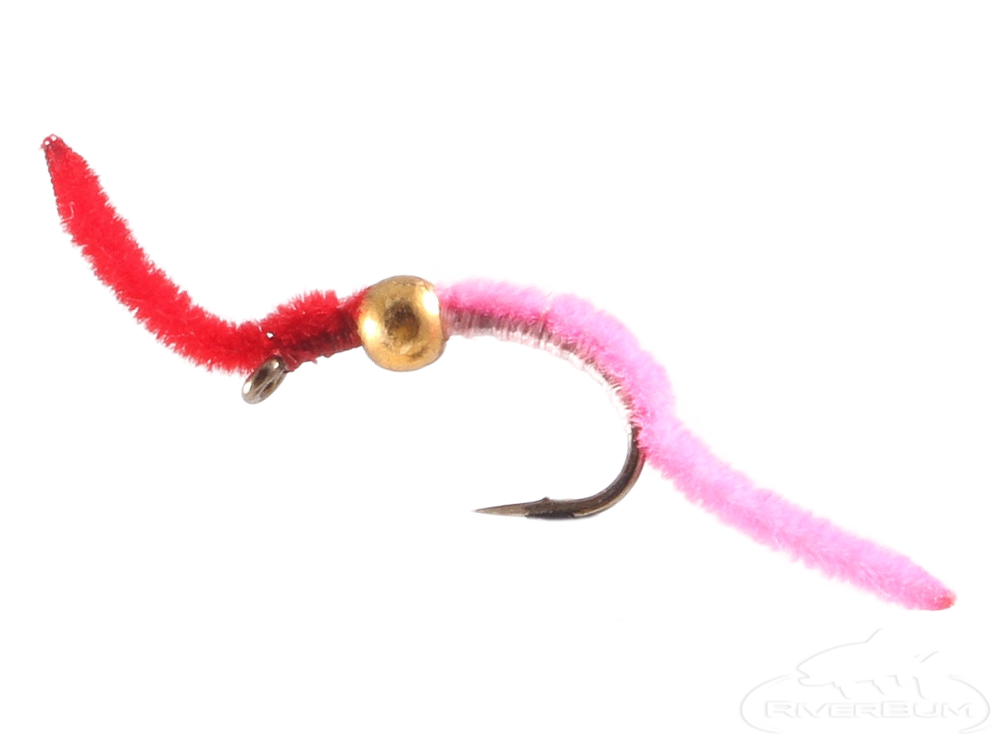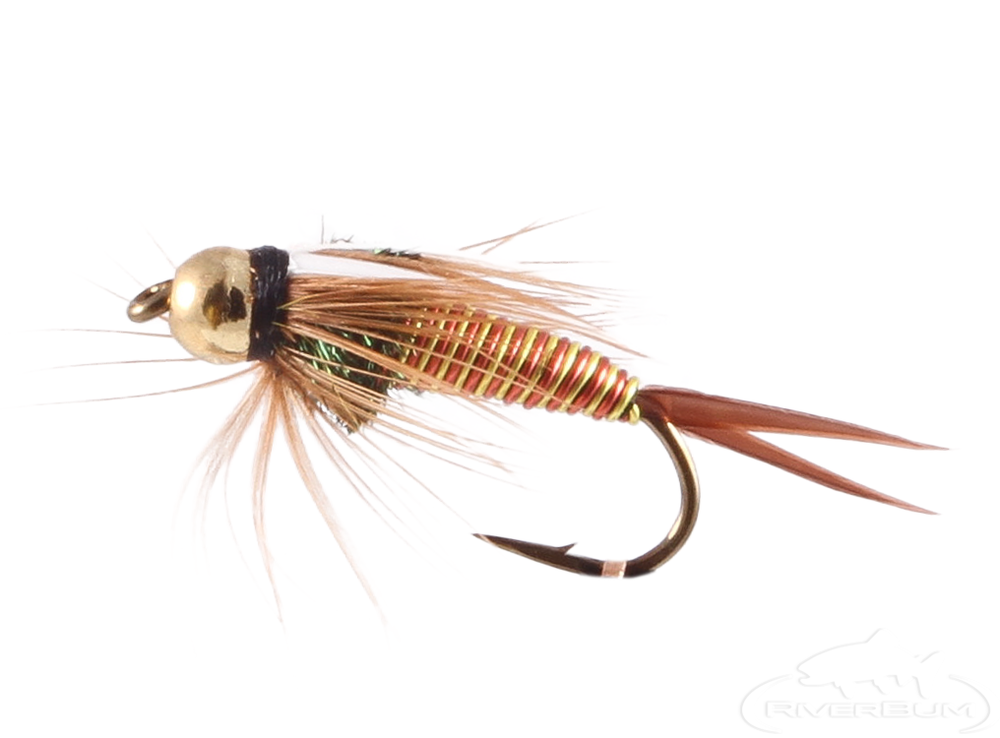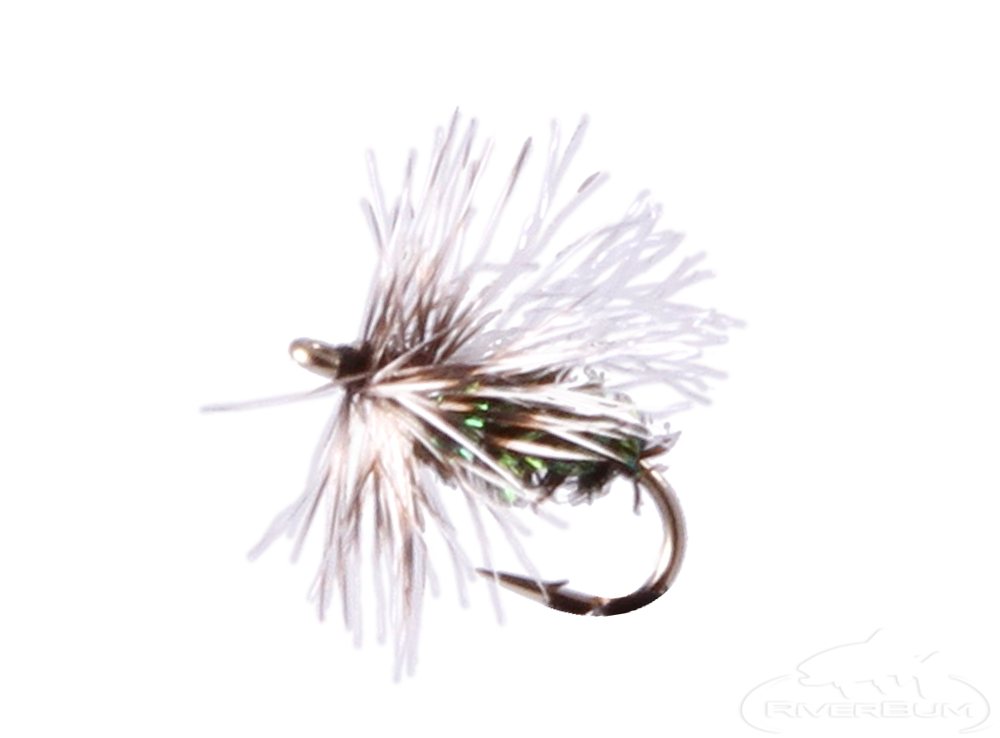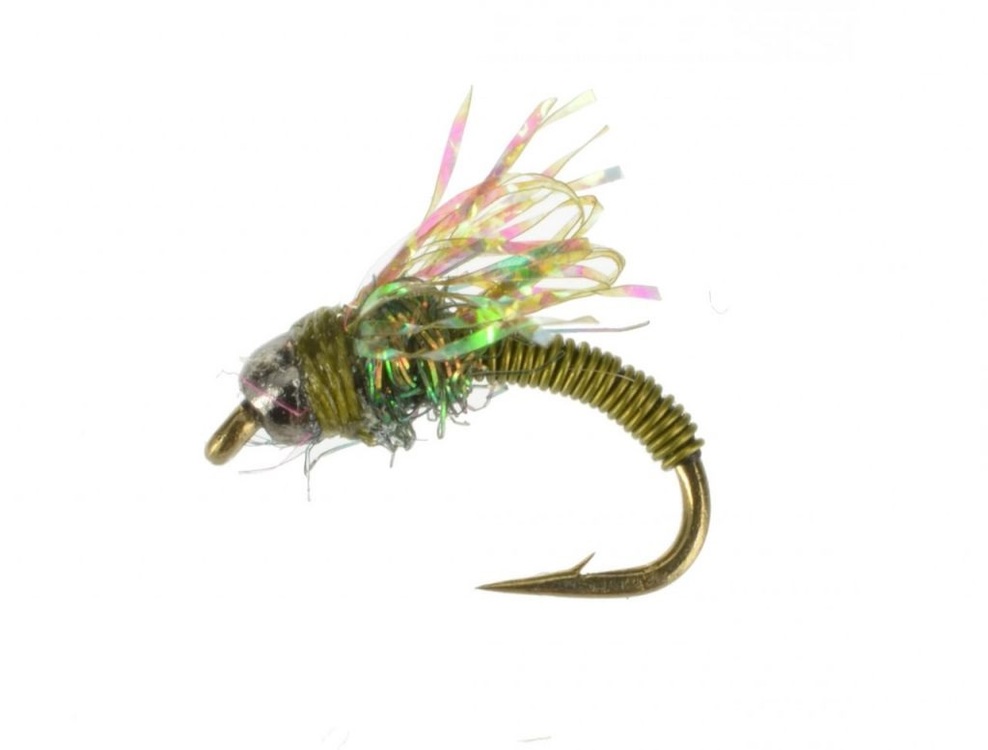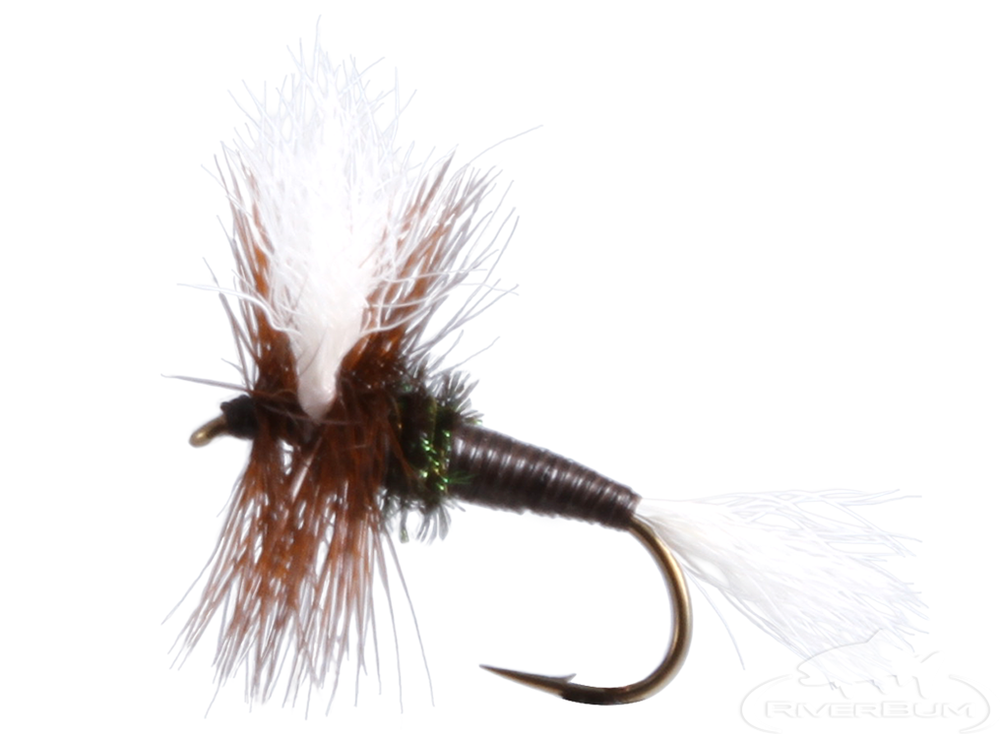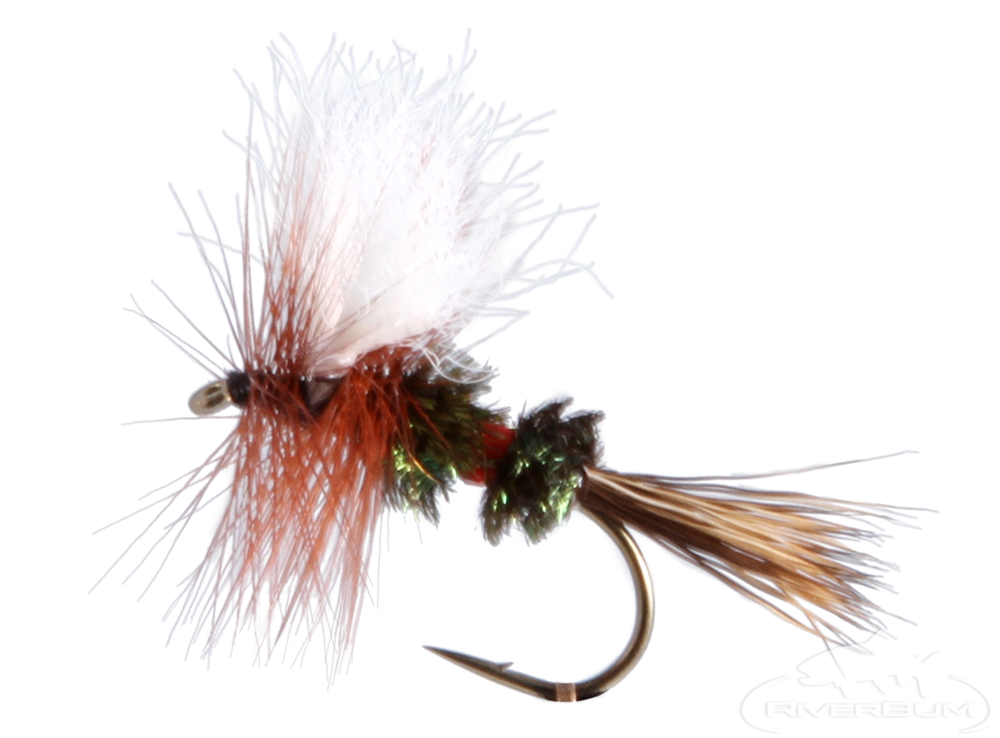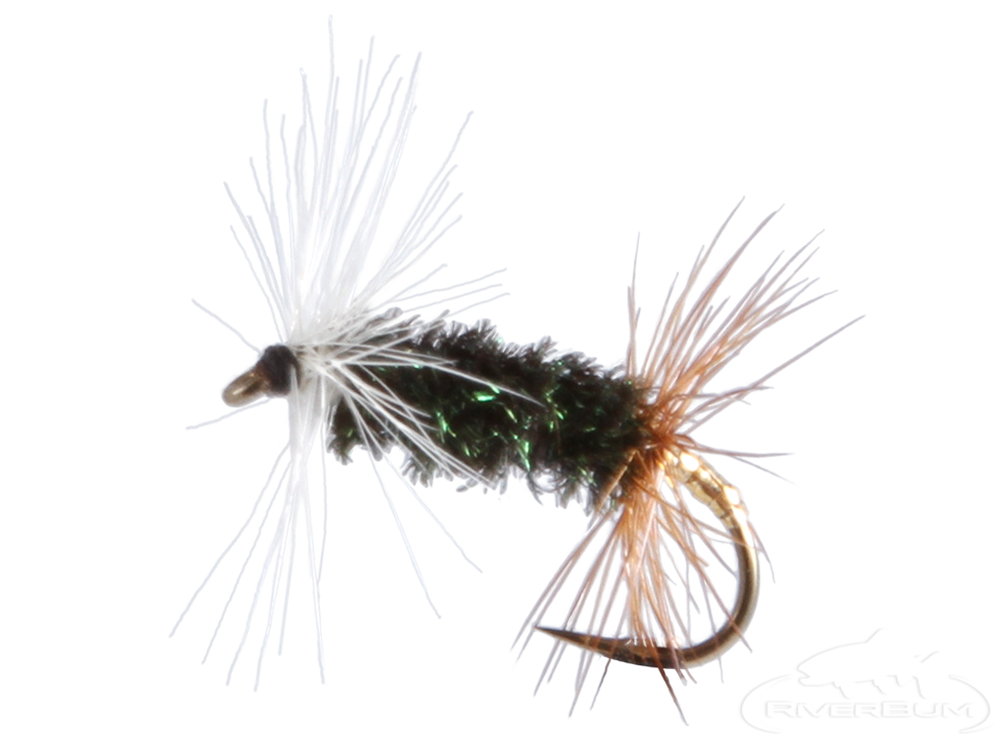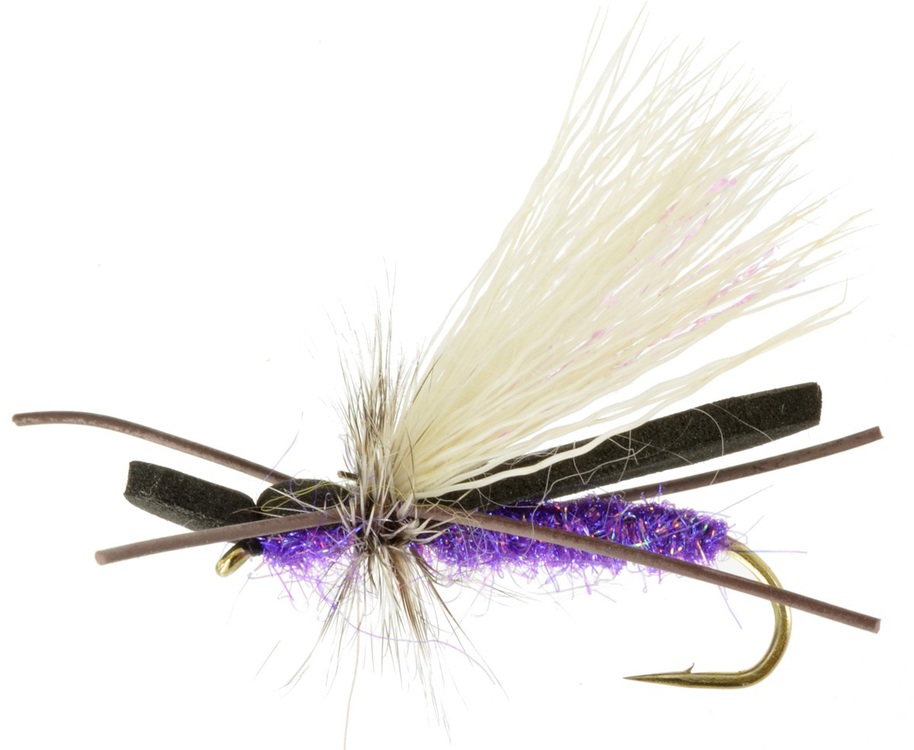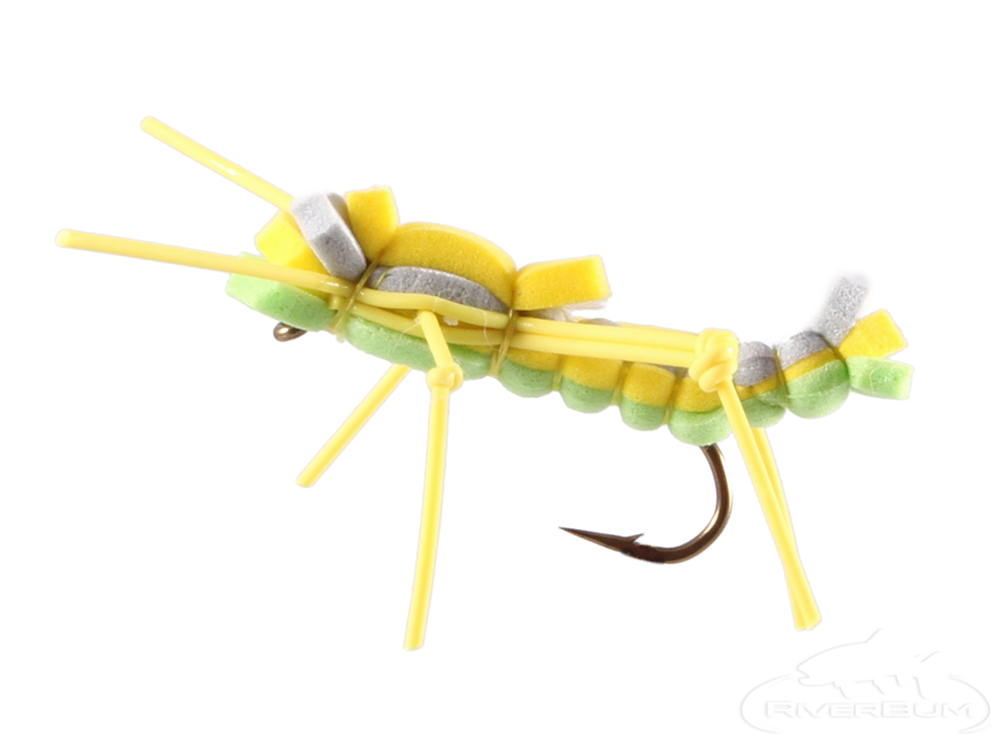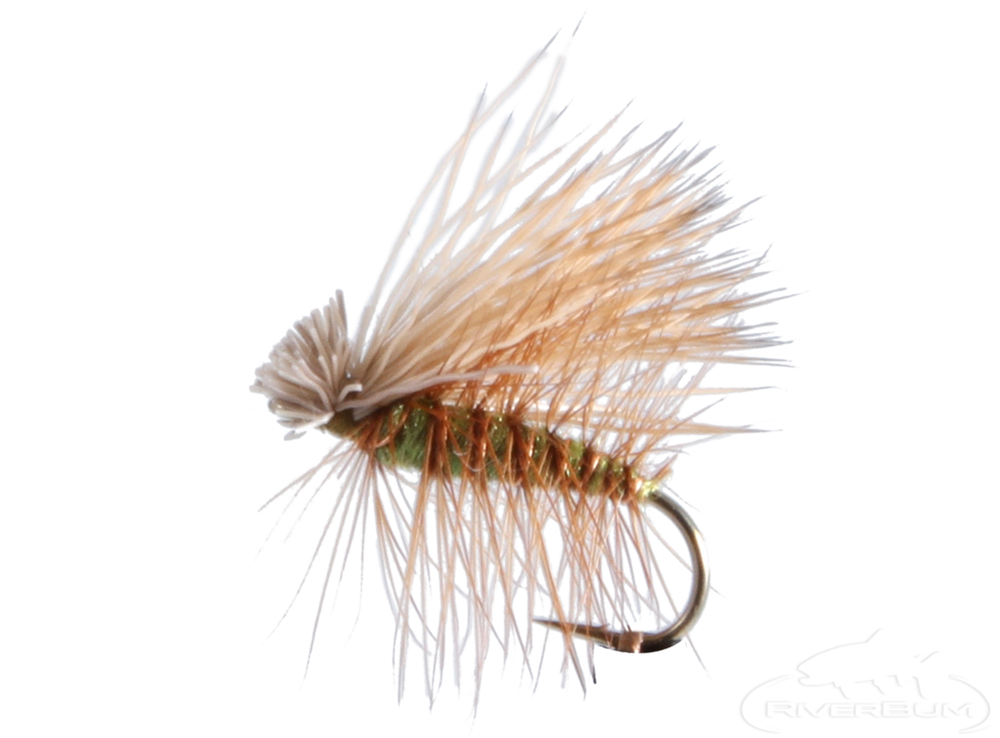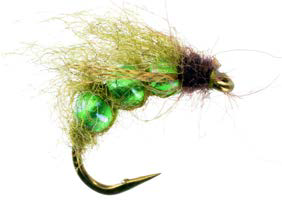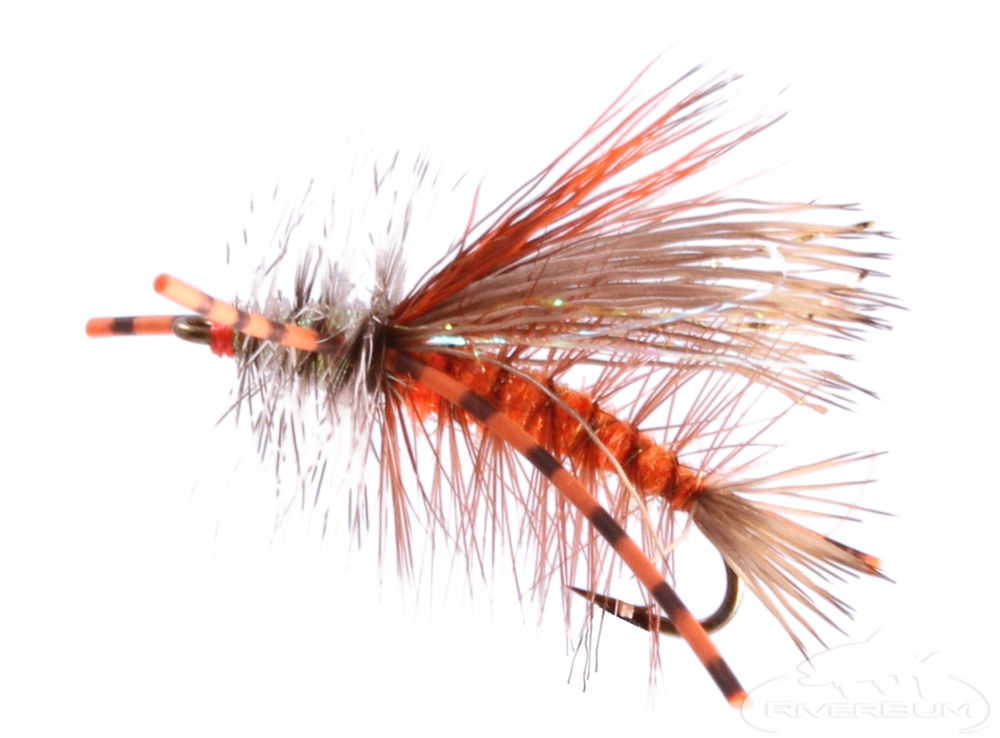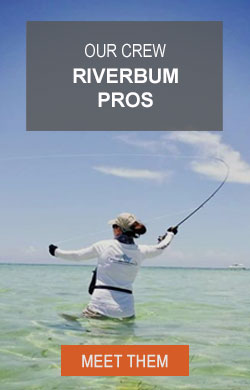The Two Fly Guy
Anyone who has followed me for a bit or has gone fishing with me, knows that I am a huge advocate of fishing a double rig. In almost any situation, I have found fishing two flies is completely applicable and will out produce folks that use a single fly. Mathematically, you simply increase your odds.
However, you can’t throw on any two flies and expect it to work well for you. You must have the right combination of flies for the situation and the right presentation. Fishing two flies can be a bit more challenging to cast, but not significantly so. The only set up I haven’t done to any significant extent has been two streamers. The only reason is I don’t streamer fish a lot and I don’t have that much experience with it. That will change this year though.
Many folks call this a hopper dropper combo. That’s OK, and I refer to it as that too, but the vernacular does not give justice to the various combinations you can use. There are a couple set ups I fish regularly. I fish two dries, a dry and a nymph, a dry and an emerger, and two nymphs. The rigging is simple. Tie a cinch not to the hook of the lead fly using tippet material. The overall length will vary from 12"-18" on a double dry or double nymph to maybe 36" if you have a nymph trailing off the lead. Then tie on your dropper.
The best advice I can give you is don’t immediately go to using a San Juan worm or a Prince for every situation. Don’t get me wrong, they are great flies and produce. I throw them quite frequently. But I’ve seen it a million times where a fisherman plods down to the water, already has their rig tied up, and starts fishing the worm.
My number one rule of fly fishing is to look at the water. See what’s going on. Are there any hatches, can you see any takes etc. Normally you would have checked out water flows, temperatures, and have an idea of what should be hatching the night before. If you want success on the water, sometimes the time you put in before your boots ever get wet can be just as important as to the decisions you make on the water.
We are seeing the last bit of winter and getting into Spring. Soon, the March Brown hatch will be hitting. There will also be midges and blue winged olives coming off. Why on earth would you but a big hopper, ant or stone as your point fly? You wouldn’t and you shouldn’t. This is also a good situation for a double nymph rig with something like a micro may fly or a psycho prince with a zebra midge as the dropper.
As the season presses on, particularly after run off, the fish transition to larger forage items and crush them with abandon. Why? Simple. You’ve had the winter stone hatch, the salmon fly hatch, and the yellow stone fly hatch. Green Drakes and Grey Drakes have come off. Now this is the perfect situation for say an Orange Crystal Stimulator with rubber legs with an Adams as a dropper or whatever is coming off. I’m very partial to doing a Stimi with an emerger.
As we transition into summer, the fish transition too. The large water born fly hatches have tapered off. When there are no obvious hatches, I’ll tie on an H&L Variant, Royal Wulff, or a Renegade and I might drop a worm off of it. More often though, the caddis are coming out. This is the perfect situation for a large humpy trailed by and the caddis imitation of your liking. Early in the day, it will be a caddis emerger for me, as the day presses on, it has to be a banded elk hair caddis.
Later in the summer, it is a terrestrial game. Grab some hopper patterns and have some fun. I’ve done double hopper, the traditional hopper/dropper, hopper/caddis, and hopper/mayfly. Early in the day, I will be looking to go more subsurface either with a double nymph rig or a hopper dropper. Things tend to slow down during the heat of the day. For me, it’s a good time for a cold beer and a sandwich. Once I have been adequately refreshed, I tend to go to the flashier attractor stuff up top in the riffles.
As the evening wears on, I’m putting on either a hopper/caddis or a double caddis rig. I find the double caddis pretty effective. I’ll put the adult on point and pick out a cripple or emerger for the tailing fly. I love this rig, it simply just works. Twice now I have caught lightning in a bottle, where I had two fish hit my flies at the exact same time and I hooked and landed them both. Not an easy feat to begin with, especially hard on rivers that are barbless!
As we come into fall, you surface activity is dominated by October Caddis and midges. The water temperatures have dropped, it’s more of a midday fishing gig, and the hatches are far less prolific. Perfect time of year to pull out the worm and put it to good use. Double up with a pheasant tail, hares ear, or searching pattern and you are good to go.
This isn’t even close to an exhaustive list of what you do fishing a double, but it should give you a good idea. It also should give you the confidence to change things up, and try a bunch of different combos. I guarantee you will catch more fish…..and if you’re lucky enough to catch lightning in a bottle and hook up with two decent fish at the same time……HOLD ON! That is a thrill of a lifetime.
Until next time my fishy friends….

